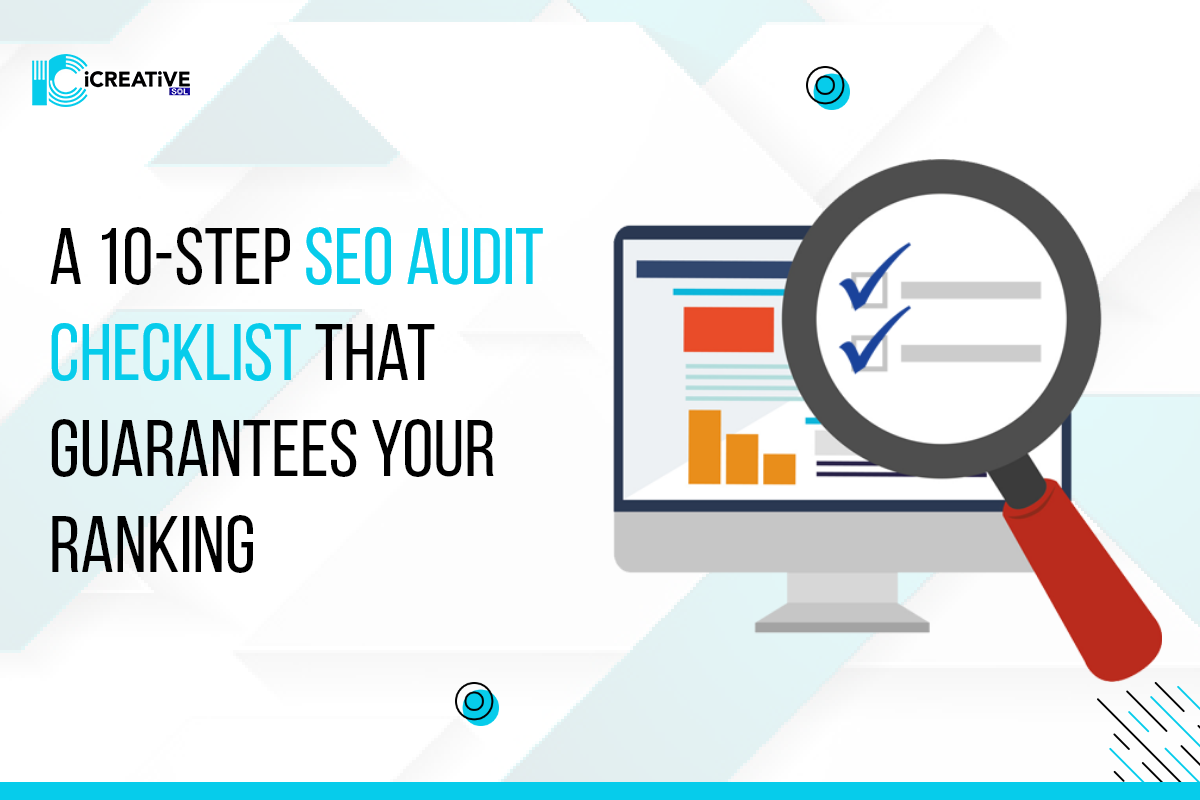
An SEO audit is a process of analyzing the performance of your web presence. It is a significant function of Search Engine Optimization.
The objective of an SEO audit is to identify the issues relating to the website which affect the organic reach. Furthermore, the fundamental problems that are catered to in an SEO audit are listed below:
- Technical SEO issues
- Potential on-page issues
- Off-page SEO problems
- Website structure
- User experience
- Content opportunities and gaps
- Reveal competitive market insights
In this article below, we have discussed a 10-Step SEO Audit Checklist. Every website needs to have a “health check” of your website. At iCreativeSol, we have the industry-best SEO professionals. Our SEO experts will go through our premade SEO audit checklist. Also, this SEO audit checklist will help you keep your website up-to-date with the latest Google algorithm updates.
Google’s algorithm now has more than 200 ranking factors, and they seem to be adding more every month. You have to keep yourself updated with the latest Google algorithm updates to run a smooth SEO audit checklist for your website.
Tools make your life easy and straightforward. Similarly, if you have the latest SEO tools, you can optimize SEO audits in a better way. We have listed down some of the must-have tools you need to have before conducting an SEO audit.
- Google PageSpeed Insights: It tells you how quickly your webpage loads and how you can speed it up.
- Google’s Structured Data Testing Tool: With this tool, you can analyze whether the structured data has been implemented correctly with Schema Markup Validator or Rich Results Test.
- Google Analytics: It is one of the best tools by Google to find user data and trends to optimize your website
- Google Search Console: Check out how well your web pages perform in Search Engine Results Pages (SERP).
- SERP Simulator: This tool tells you how the title tag and meta description will be displayed in Google Search Engine Results Pages.
- Copyscape: This tool is helpful to write high-quality content for your website by analyzing the plagiarism of your content copy.
- Screaming Frog: You can find searchability errors on your page that might be hurting your SEO. This tool crawls through your website.
10-Step SEO Audit Checklist
Step #1: Mobile-Friendliness of Your Website
This step of the SEO audit checklist is crucial. According to a report, 60% of Google searches come from mobile devices. That puts immense importance on the mobile-friendliness of your website.
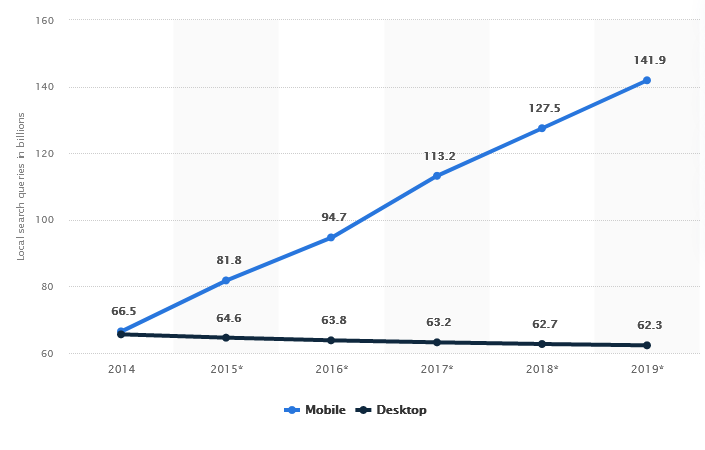
These stats show us that mobile SEO is now more critical than ever. But one question that pops up in mind is how do you measure if your SEO is mobile-friendly or not?
For that, you have to use Google’s Mobile-Friendly Testing Tool.
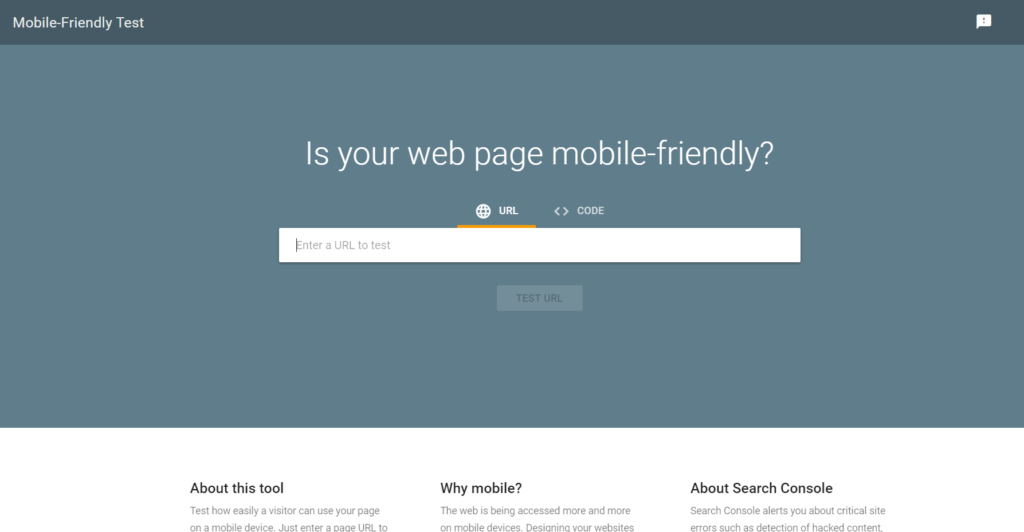
Step #2: Ensure ONE Version of Your Website is Indexed
In this step of the SEO audit checklist, you have to ensure that Google indexes only one version of your website. What do we mean by “one version”? You probably don’t know that your website may have different versions.
For example, we can index our website in the following four different ways:
- http://icreativesol.com
- https://icreativesol.com
- http://www.icreativesol.com
- https://www.icreativesol.com
These URLs may look similar to you, but for Google, they are different. Unless you redirect one of them to index, Google considers them separately as another website.
Luckily, it is easy to check. Just type each of these URLs in your browser, and they should redirect to the same URL.
Step #3: Speeding Up Your Website
The speed of your website is one of the vital factors in the ranking of your website. As an SEO expert, you have to put a lot of emphasis on this step of the SEO audit checklist. 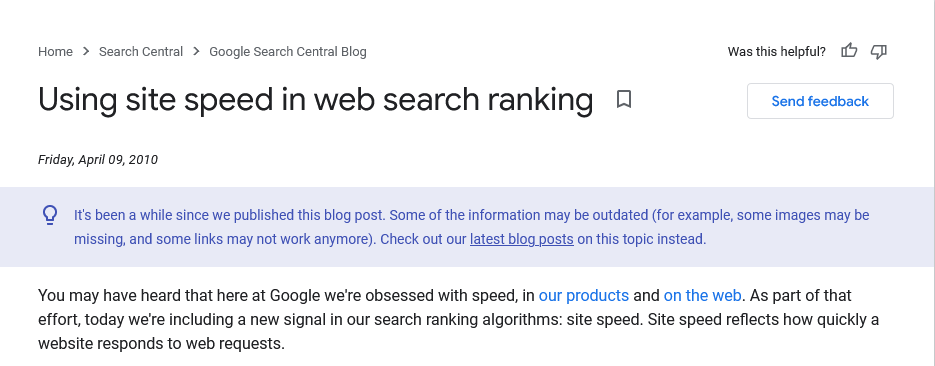
Now that we have learned, speeding up your website is an essential ranking factor in SEO. The question arises, how to speed up your website? Let us give you a three-step guide to increase your site speed.
Firstly, clean up your website’s HTML code. You can easily find the issues with your page’s code with an easy-to-use tool, PageSpeed Insights.
Secondly, run a speed test using simple tools like GTMetrix. They will let you know the factors that are hindering your page speed.
Thirdly, chop your images. Often, high-quality photos are why your site takes time to load. You can compress your images with tools like Kraken.
Step #4: Zombie Pages: Find and Delete Them
Zombie pages refer to those pages which generate little or no traffic to your website. Moreover, it is tough, sometimes impossible, to rank these pages.
Your job is first to identify and then delete them. You can easily find these pages in your Google search bar by typing site:yourwebsite.com.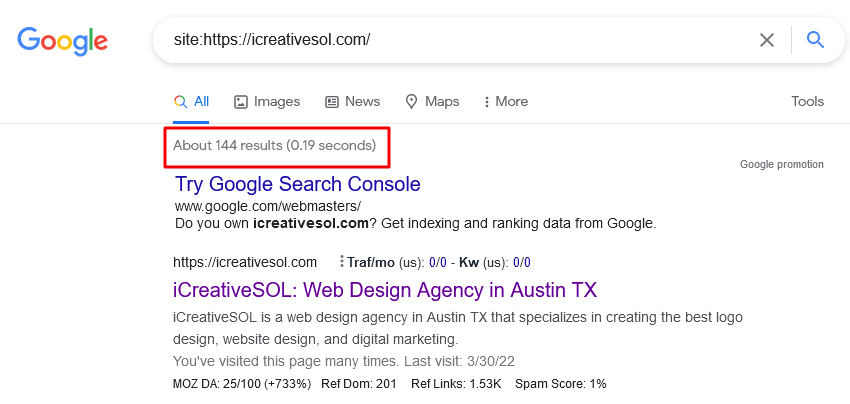
If the number highlighted in the red box is higher than you expected, you need to clean zombie pages from your website.
Finding out and deleting zombie pages from your website will increase substantial organic traffic to your website.
Furthermore, the lesser the number of pages, the lesser time spent on SEO audits also, the lesser the problems.
Step #5: Indexing Problems: Find and Fix
When you have trimmed your website with extra pages, it’s time to index those pages not indexed by Google.
You can use Google Search Console for that purpose.
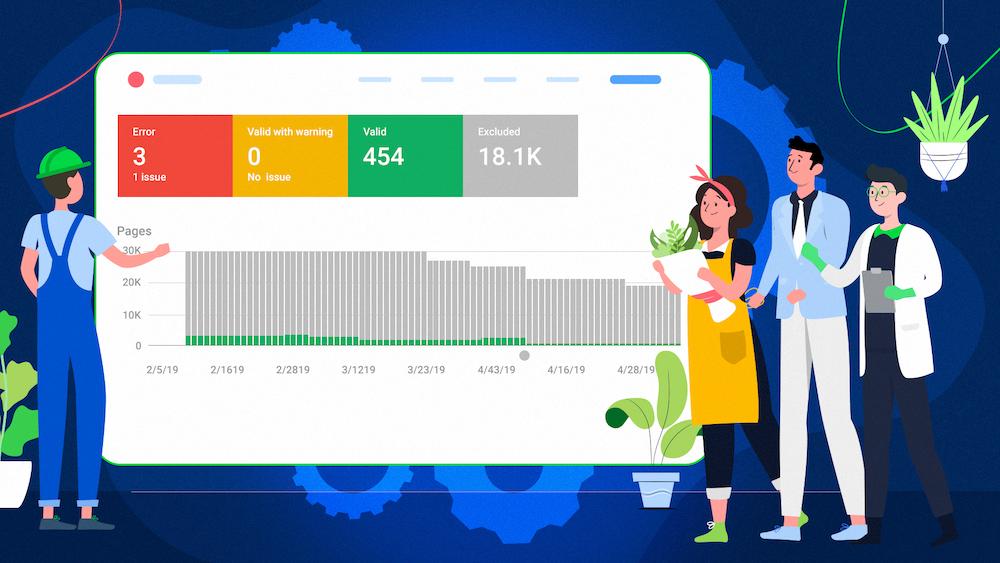
This report tells you about pages that Google can not index for some reason. It also lets you know the reason for not-indexing that webpage and the solution to that problem.
Step #6: Organic Traffic Check
In this step of the SEO audit checklist, you see how much organic traffic you are getting from search engines. For that, you have to follow the following steps:
- Go to Google Analytics.
- Now, head over to Acquisition >> All Traffic >> Channels
- Hit the “Organic Search” button.
Here, you will see how many people who came from search engines visited your website.
Step #7: Improve Your On-Page SEO
On-page SEO, undoubtedly, is an essential part of the SEO audit checklist. But nobody has time to go through each and every page of your website to do an on-page SEO audit. The good news is, you don’t have to!
Instead, you have to follow the following procedure;
First of all, select the top 5 pages of your website that; target a vital keyword and that used to get higher traffic, but they don’t perform well now.
Now optimize your page with the following strategies;
- Insert your keyword in your title tag.
- Insert your keyword in the first 100 words of the blog.
- Add 5+ external links.
- Add 5+ internal links.
- Use LSI keywords.
Once you have established the strategies, jump over to the next step.
Step #8: Set Up Keyword Rank Tracking
In this step of the SEO audit checklist, you track your keyword ranking in Search Engine Result Pages (SERP). There are many tracking tools out there that can help you monitor your keywords.
The best tool that we recommend is SEMrush. This tool is fantastic. Moreover, the ranking also tells other details like keyword difficulty, keyword volume, etc.
Step #9: Analysis of Backlinks
Backlinking is still one of the most crucial ranking factors. It is the backbone of every SEO strategy. According to some experts, off-page or backlinking is 75% of any effective SEO strategy.
But the time has changed. Now Google emphasizes the context rather than the number of backlinks.
A few factors that Google considers in a backlink profile are that the site that links to you has to belong to the same category, relate to you from inside its content, and be authoritative.
You have to build organic links rather than buying links from a link farm. Furthermore, you can steal backlinks from your competitors. Use tools like SpyFu and SEMrush to see your competitors’ backlinks and use those links to create your backlink profile.
Step #10: Competitor Analysis
Spying on your competitors is the biggest tool you can use if you search for good keywords out of billion searches globally. Competitor analysis is the essential step of an SEO audit checklist.
Without keyword analysis of your competitor, you can not get success, or it will take so long for you to lift your website. You don’t need to manually search for your competitors and go through their websites to have an analysis of them. Using tools like SpyFu, you can comprehensively analyze your competitors.
Read More: How To Do SEO Competitor Analysis In 2022
Bonus Step: Write High-Quality Content
The Internet is flooded with content these days. Thousands of websites are talking about the same topic that you are discussing. To stand out from the competition, you have to curate content with utmost smartness.
Some of the points that you should consider while writing content are; short intros, small and concise paragraphs, subheaders and pointers, use of relevant graphs and visuals.
Read more: How to Write High-Quality Content in 2022
Final Notes
Maintaining a formal SEO audit checklist after a regular interval of time is very important for every website. In this article above, we have discussed the most critical points you should cover while conducting an SEO audit.
Let’s overview the above-mentioned SEO audit checklist:
1: Mobile-Friendliness of Your Website
2: Ensure ONE Version of Your Website is Indexed
3: Speeding Up Your Website
4: Zombie Pages: Find and Delete Them
5: Indexing Problems: Find and Fix
6: Organic Traffic Check
7: Improve Your On-Page SEO
8: Set Up Keyword Rank Tracking
9: Analysis of Backlinks
10: Competitor Analysis
Bonus Step: Write High-Quality Content
If you check this SEO audit checklist using these modern SEO tools, nobody can restrict the website to rank in Search Engine Results Pages (SERP).
Do you still have any questions regarding any step of this SEO audit checklist, or generally SEO? Our SEO experts are just one step away. Get in touch with us right now!
